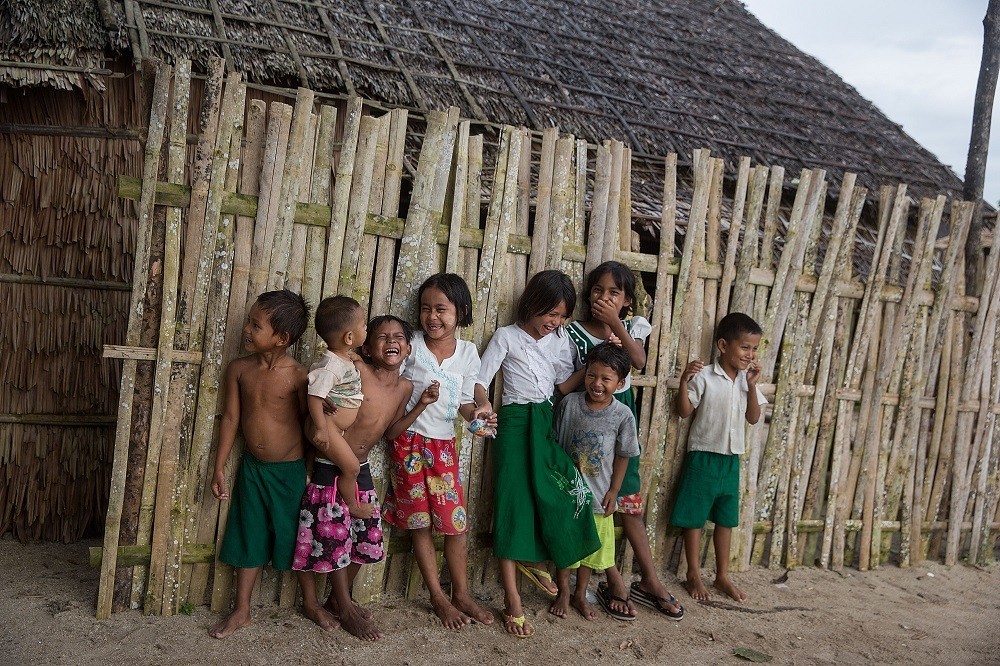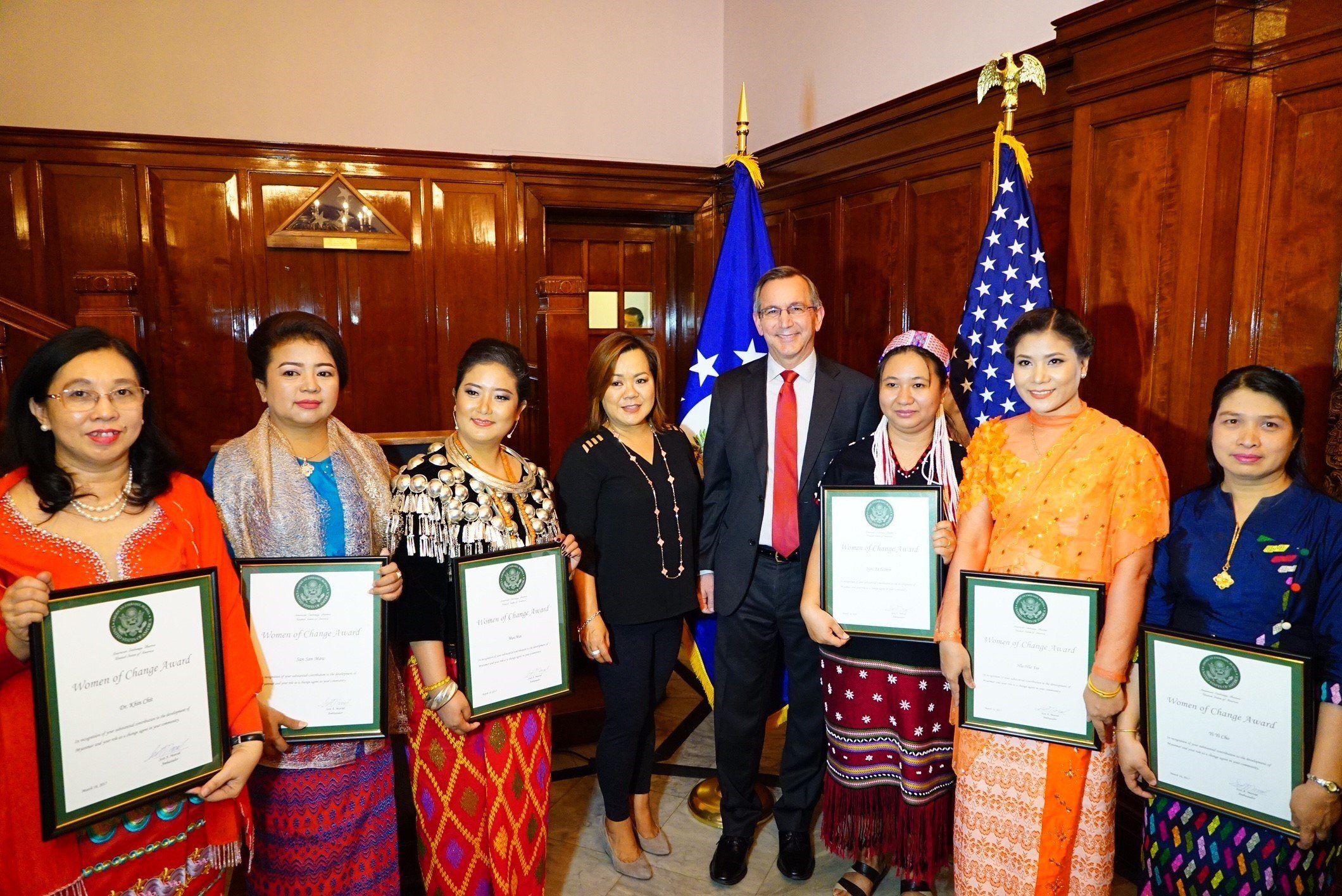New economic and technological opportunities for improving and diversifying GMS’ energy mix laid out in report
Tag: Mekong region
At Mekong Forum, a focus on US disengagement and China’s rise
As keynote speakers at this year’s Mekong Forum repeatedly underscored the rise of China amid growing unpredictability of U.S. policies, the sole U.S. representative in the half-filled ballroom in Khon Kaen, cut a lonely figure.
Thai junta aims to make eastern economic hub its legacy
Eastern Economic Corridor projects get fast-tracked as govt envisions it as the heart of Mekong economies.
Mekong subregion shapes up for tourism influx
Infrastructure and services demand seen rising sharply
Guidelines on Public Participation in EIA in the Mekong Region are now available
The Guidelines on Public Participation in Environmental Impact Assessment (EIA) in the Mekong Region have been developed to address the shared concern for increasing meaningful public participation in development planning, in the context of increasing investment projects across the Mekong region.
U.S. Embassy in Burma recognizes women environmental leaders in Myanmar
Two members of the Regional Technical Working Group on EIA were selected to receive Women of Change Award by the U.S. Embassy in Burma, intended to recognize outstanding women in Myanmar who have made significant impacts and lasting contributions to their communities.
Multi-Stakeholder Dialogues Matter
Extractives Industry (EI) activities in the Mekong Region have been controversial, causing environmental impacts and con icts between the private sector and affected communities. Although the mining and extractives sector in Cambodia is still relatively small, in recent years there have been a large number of exploration licenses granted to both local and international companies. Cambodia is on the verge of a major expansion of its EI. However, the legal framework governing mining in Cambodia is still undeveloped and concerns have been raised by communities that there is a lack of transparency in the licensing and Environmental Impact Assessment (EIA) processes.
After COP22, cities will lead on climate change: Are Mekong cities part of this trend?
Cities are now taking lead in addressing climate change. New and innovative policies are being implemented at a local level because of the government´s closer relationships with their businesses, residents and institutions, and partnerships are being promoted globally. This shows how cities are well-positioned in to play a leadership in reducing Greenhouse Gas emissions.
Into the Zone: SEZs in the Mekong Region, Income…or Instability? (Part 1)
The Mekong region is abuzz with news about special economic zones (SEZs). From Thailand’s prime minister telling US business leaders that the Kingdom’s SEZs are a cornerstone to his economic reforms, to Ho Chi Minh City’s mayor wanting 890 km2 designated as an SEZ to revive his city’s economic leadership, to Myanmar’s newly elected government facing increasing pressure to review the outgoing-junta-approved SEZs now underway there—these foreign-investment magnets are picking up steam as ASEAN integration progresses within the Greater Mekong Subregion.
But what’s so special about these zones? Can they unlock new pathways to region’s economic potential, or as the Bangkok Post warned recently, should policy-makers proceed with caution given the immense complexities to securing SEZs’ desired benefits?
Strengthening EIA In Asia
This report was prepared for the Asia EIA Conference 2016 organised on 10 May by the Ministry of the Environment, Japan (MOEJ). The conference was held under the theme of enhancing EIA as a sustainable development planning tool in Asia in collaboration with the Asian Development Bank (ADB) and in cooperation with the US Environmental Protection Agency (USEPA).
The report is based on a study conducted in seven Asian countries, namely Cambodia, Indonesia, Korea, Lao PDR, Myanmar, Thailand and Viet Nam, on their national EIA systems and their implementation, between September 2014 and February 2016. The report aims to summarise and analyse challenges, opportunities and good practices on EIA in these countries to propose possible ways forward as well as potential mutual learning points for strengthening EIA implementation and thus advancing towards a sustainable society. Findings are presented in four segments: (i) quality of EIA (screening and scoping, impact assessment and environmental management and monitoring plan (EMMP), and review and approval of EIA); (ii) information disclosure and public participation; (iii) EMMP implementation; and (iv) Strategic Environmental Assessment (SEA) and upstream EIA.










